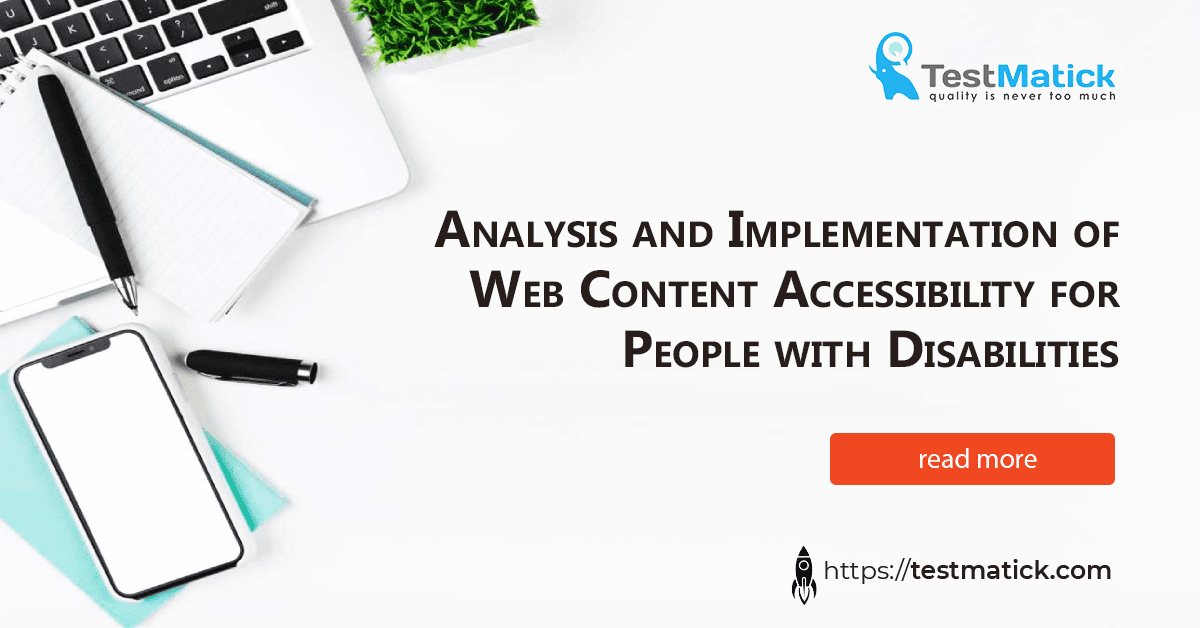Accessibility is an extremely important thing for people with special needs (hearing and vision impairments). They should feel care for not only their family and close people but also the surrounding world. And this also applies to the Internet.Content accessibility is the way people with special needs (disabilities) can access the content. Visually impaired or blind people should be provided with an opportunity to listen to textual information about the content they are interested in (description of a picture, graph, table, etc.). These people should be able to order online, send an email, as well as use a lot of other features that are available in everyday life.
Taking care of their citizens, some countries have adopted web content accessibility standards: Accessibility 508 Standards (USA), A11y for Ontarians with Dis. Act (Canada), Disability Discrimination Act 1992 (Australia). These documents are based on WCAG standards created by the World Wide Web Consortium (W3C) – an organization that develops technological standards for their further implementation on the Internet.
The WCAG (Web Content Accessibility Guidelines) standards have four principles:
- Perceivable: when humans perceive information through the senses.
- Operable: a user must be able to perform any action. Ability to manage.
- Understandable: simple and user-friendly interface.
- Robust: information to be sent. It needs to be relevant for the implementation by a large number of additional means.
Guidelines define the content that meets one of the entry-level bases.
Assessment Criteria
Any guideline has criteria for assessing – the way the interface and content function. According to WCAG, it’s necessary to consider accessibility compliance levels: A, AA, and AAA, as well as a set of criteria corresponding to each level.
Sufficient and Advisory Techniques
Techniques are recommendations and a sequence of actions to achieve the necessary level of accessibility.
Web content has to meet the WCAG accessibility requirements:
- Web content must comply with one of the accessibility levels: A, AA, and AAA.
- The whole web page should meet the accessibility level, as well.
- The specified accessibility level has to support all the linked pages.
- Pages, where technologies are used, must only be supported by accessibility devices.
- Non-interference (providing technology that is not supported at this level, but is present on the page, able to match the level of accessibility given that the content is secondary, and does not block the rest of the web page).
Usability testing contributes to quality accessibility testing.
With the help of groups for testing, it is possible to evaluate the performance of content availability. Whether there are no difficulties, the content is accessible to them, and it is possible to operate it.
When performing QA consulting, it will be helpful to use such tools as Siteimprove Accessibility Checker For Chrome, Google Lighthouse, and Contrast checker by WebAIM.










Leave A Comment